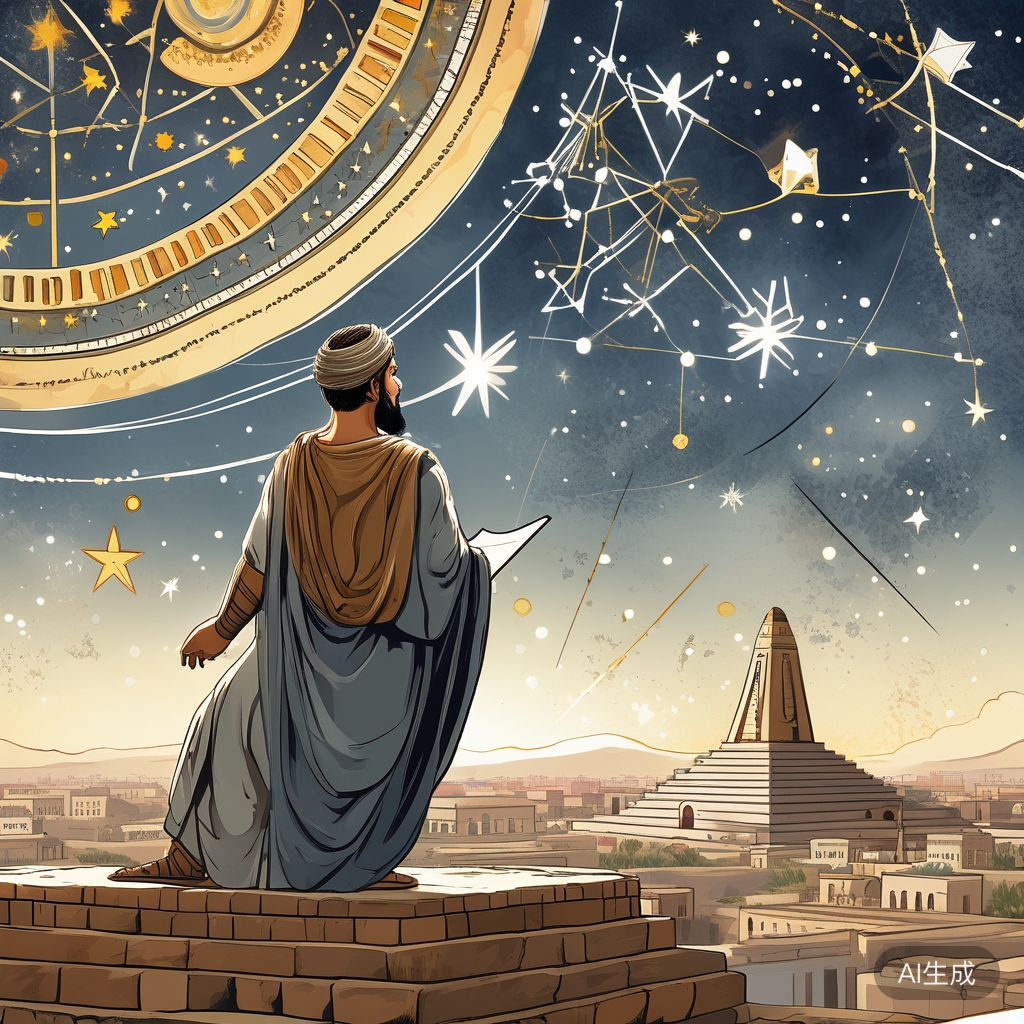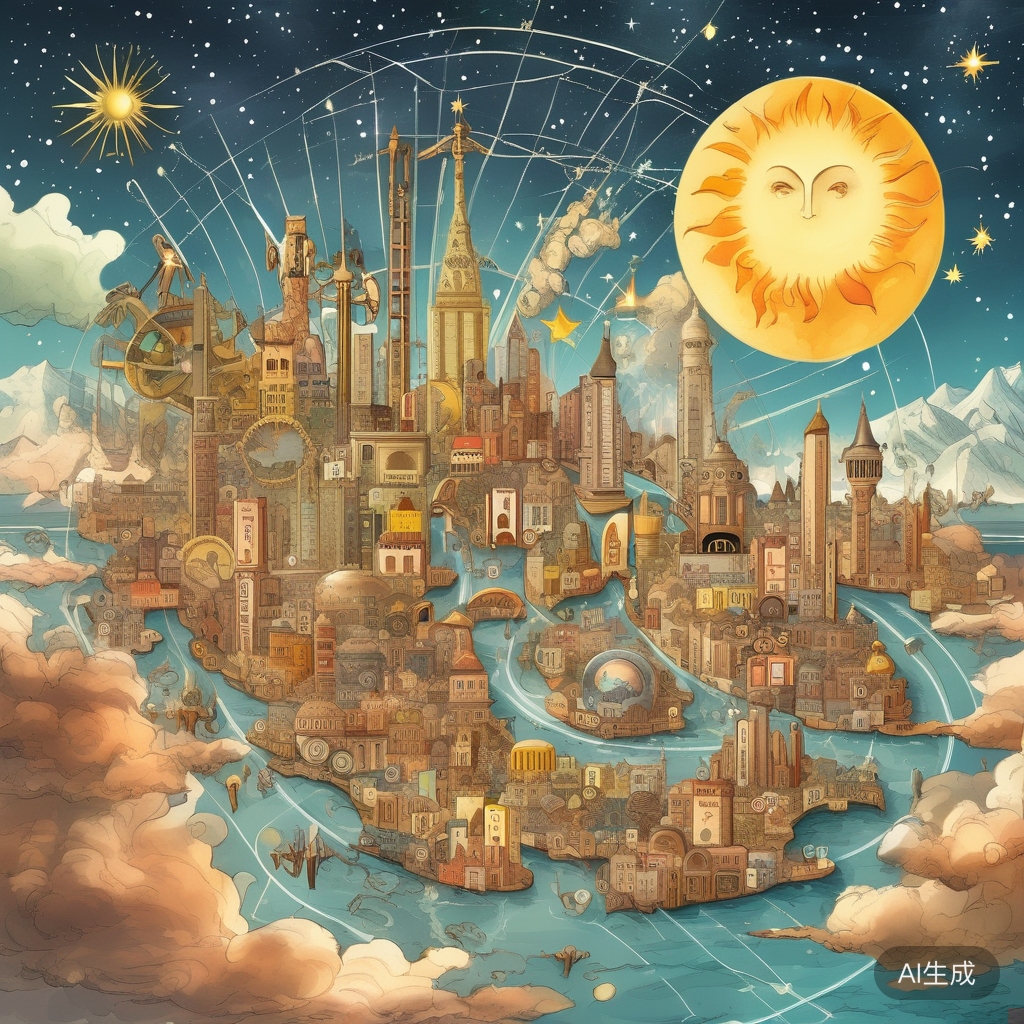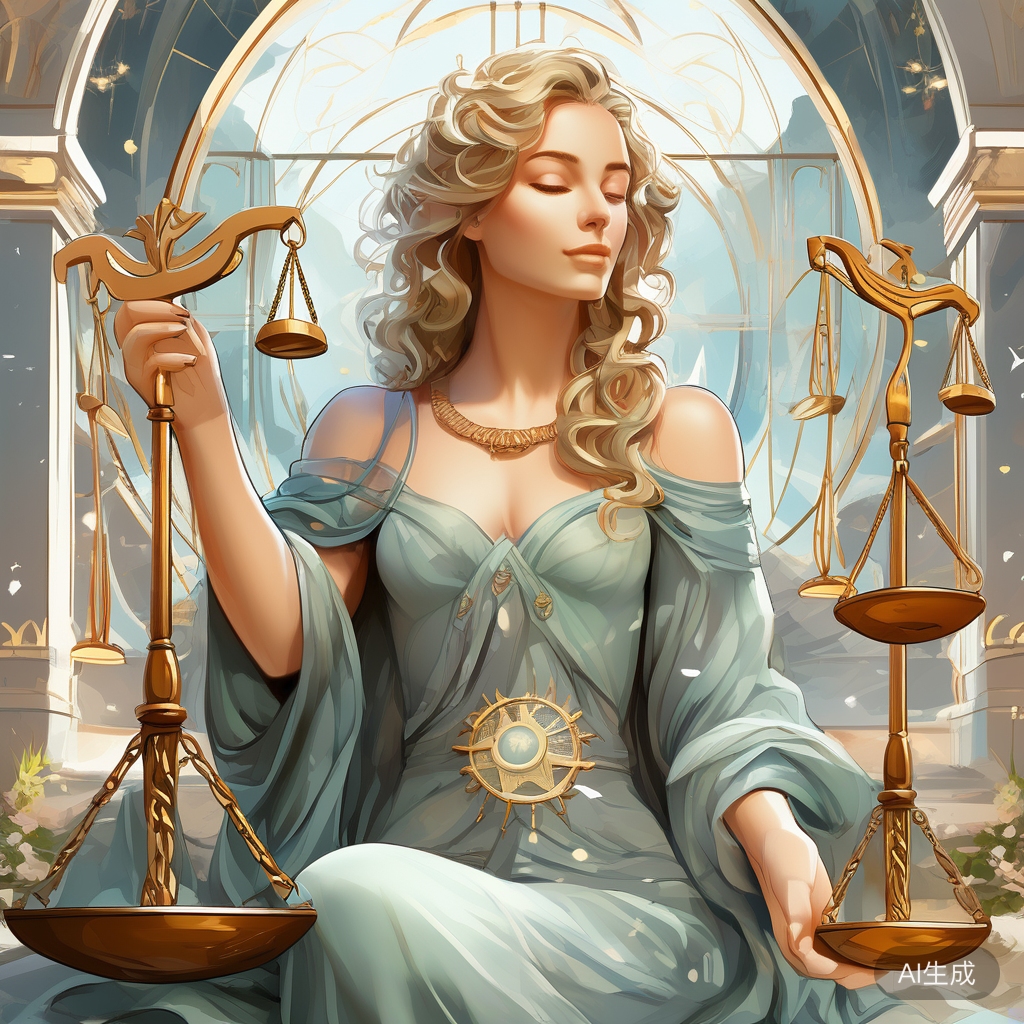Every day comes with a lunar date and a solar date, and when it comes to the division of time in the zodiac, a lot of people might be wondering: are the zodiac signs based on the lunar calendar or the solar calendar? Let’s dive into the correct answer together.
So, what does "lunar calendar" mean? It’s a traditional calendar in our country that primarily relies on the observation of the sun’s movement, with the moon’s phases as a secondary observation. The fixed point of observing the sun is the 24 solar terms. Since it’s suitable for the agricultural production schedule, it’s called the "lunar calendar," which is different from the solar calendar that’s been adopted since the Republic of China.
And what about the "solar calendar"? Also known as the sun calendar, it’s a calendar system based on the Earth’s orbital period around the sun. The solar calendar year is roughly equal to the tropical year, consisting of 12 months. This "month," however, has nothing to do with the synodic month. The months and dates of the solar calendar align well with the sun’s position on the ecliptic, and you can clearly see the changes in the four seasons throughout the year based on the solar calendar. But in each month, you can’t see the phases of the moon. The Gregorian calendar used worldwide is a solar calendar, with 365 days in a regular year and 366 days in a leap year, leap years occurring every four years, except for every centennial year, and then leap again at the fourth centennial, making it 97 leap years in every 400 years. The average length of the Gregorian calendar year differs from the tropical year by only 26 seconds, accumulating a one-day difference only after 3300 years.
Now, are the zodiac signs divided by the lunar or solar calendar? The zodiac sign division is based on the solar calendar, meaning it’s calculated based on the birthdate on your ID. If the date on your ID isn’t accurate, it’s calculated based on your actual birthdate in the solar calendar.
Let me share a quick anecdote. A friend of mine was arguing with someone about their zodiac sign because their ID had the wrong date. They ended up using their actual birthdate to figure out their sign and it turned out they were a Libra, not a Virgo as they thought!
The origin of the zodiac signs is said to come from ancient Babylon, one of the four ancient civilizations, just like China. Back then, they divided the sky into different sections, calling them "constellations," which is where the concept of the zodiac came from. The Babylonians then conducted long-term observations of these "constellations," and through continuous observation, they established the ecliptic and divided it into twelve equal parts, thus creating the "" or "constellation" (twelve houses/zodiac signs).

The final result was that the Babylonians named these twelve houses after the twelve zodiac signs, starting from the vernal equinox and moving counterclockwise: Aries (the Ram), Taurus (the Bull), Gemini (the Twins), Cancer (the Crab), Leo (the Lion), Virgo (the Maiden), Libra (the Scales), Scorpio (the Scorpion), Sagittarius (the Archer), Capricorn (the Goat), Aquarius (the Water Bearer), and Pisces (the Fish).
Let me paint a picture for you. Imagine the sky as a giant cosmic map, and these zodiac signs are like the cities on that map. The sun is like a traveler, passing through each of these cities at different times of the year, and each city has its own unique personality and characteristics. For instance, Aries is like the bustling city that’s always full of energy, while Pisces is more like a serene coastal town where you can relax and let your imagination run wild.

So there you have it, the lowdown on zodiac signs and their fascinating journey from ancient times to today. Whether you’re a die-hard believer or a casual observer, there’s no denying the fun and intrigue that come with exploring the zodiac.








